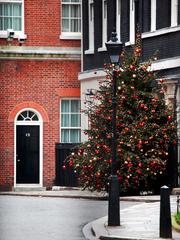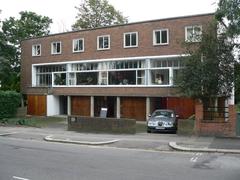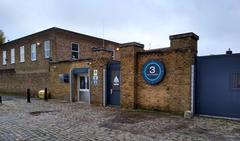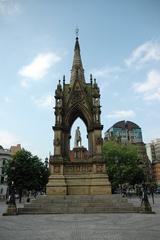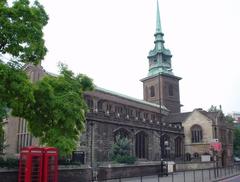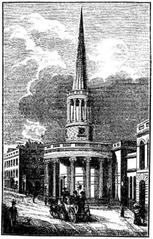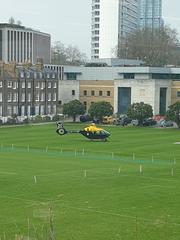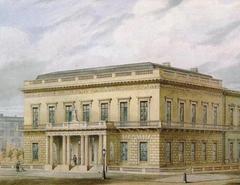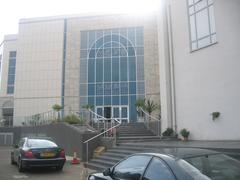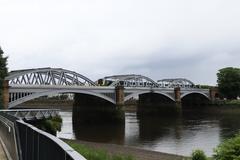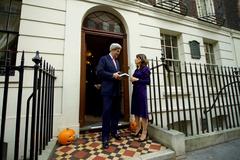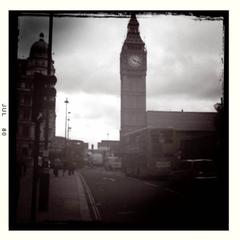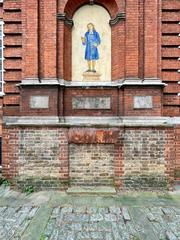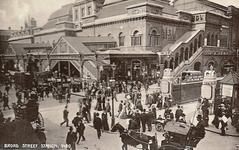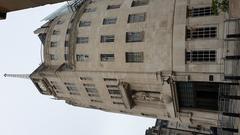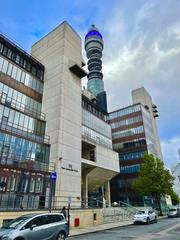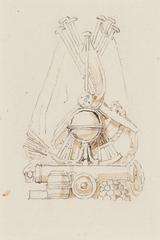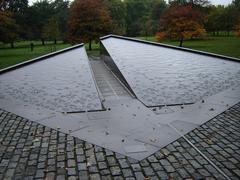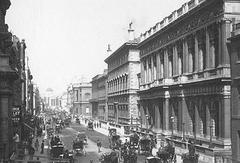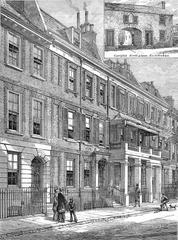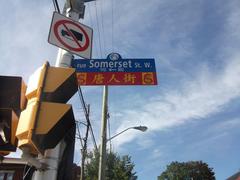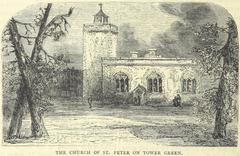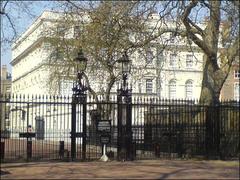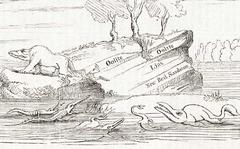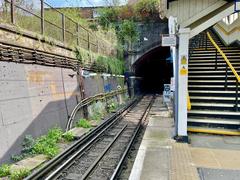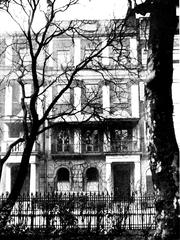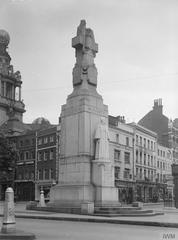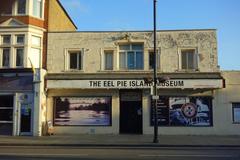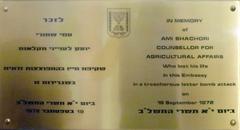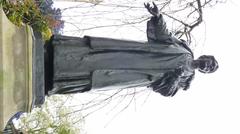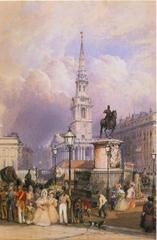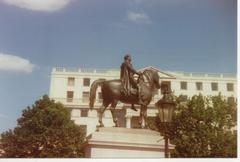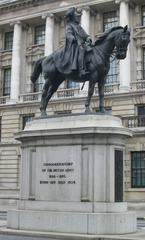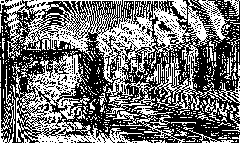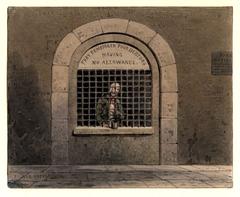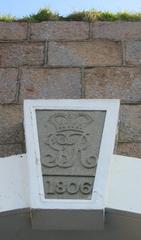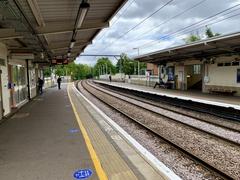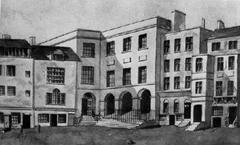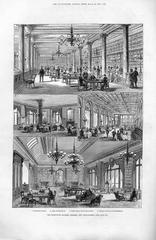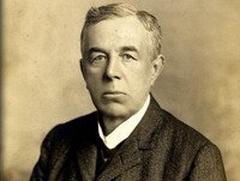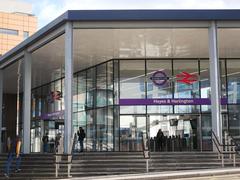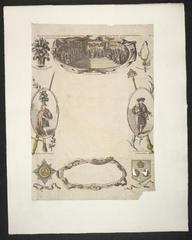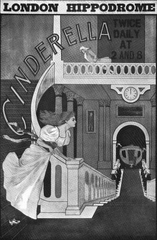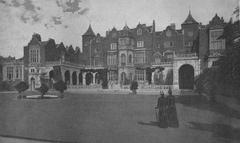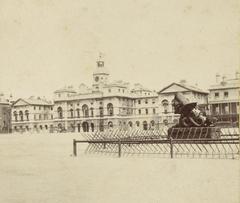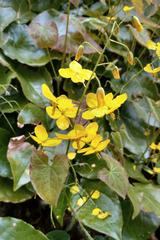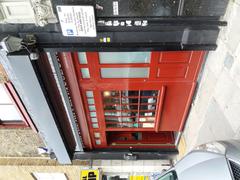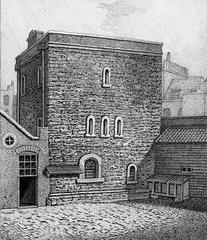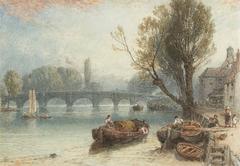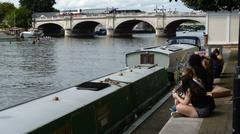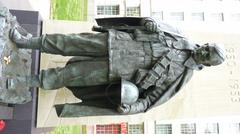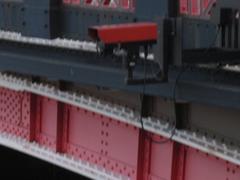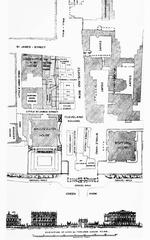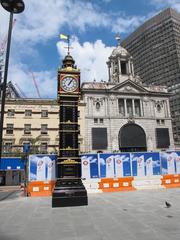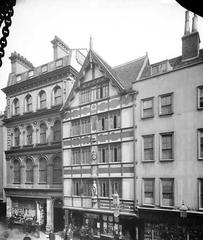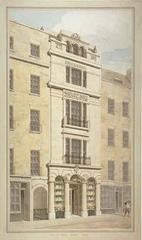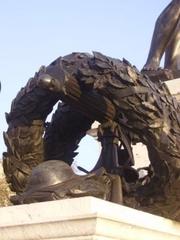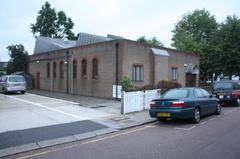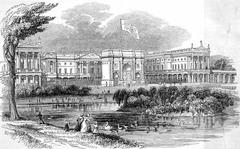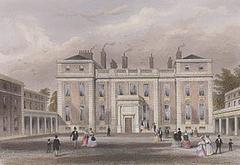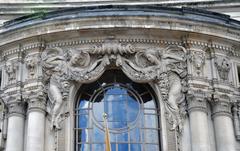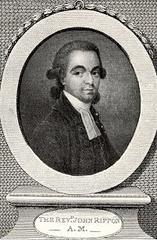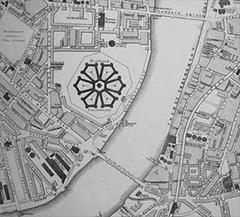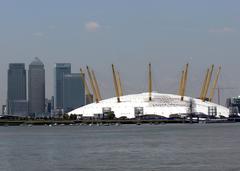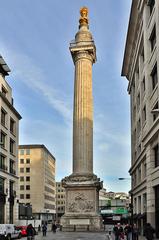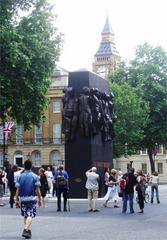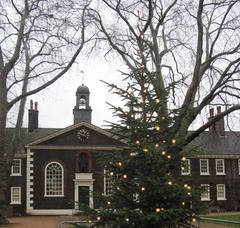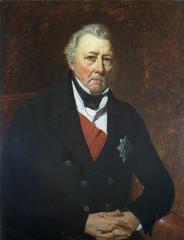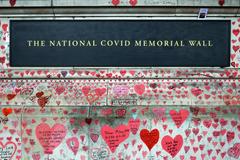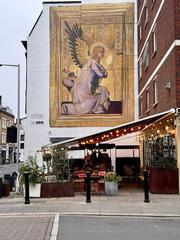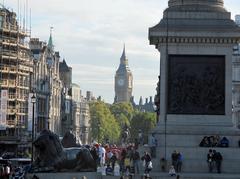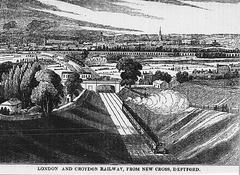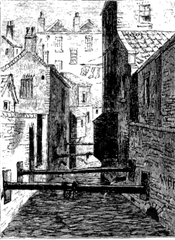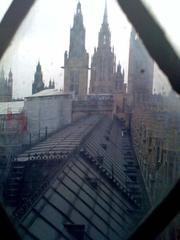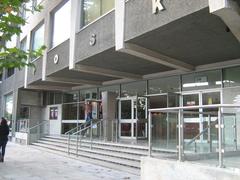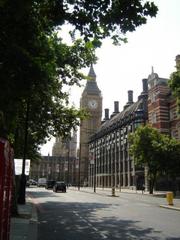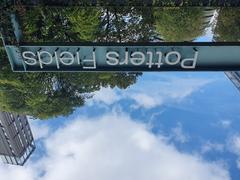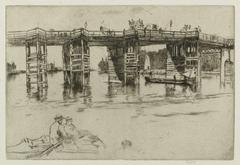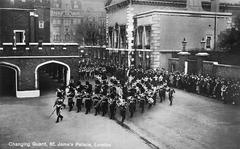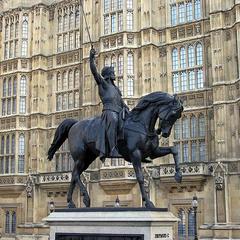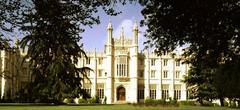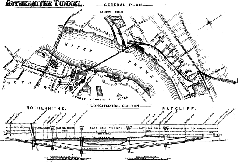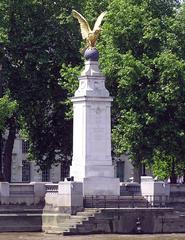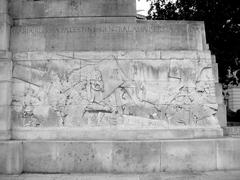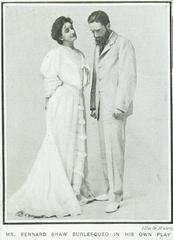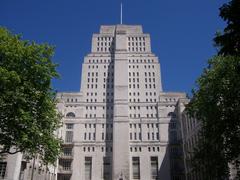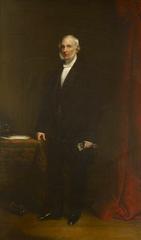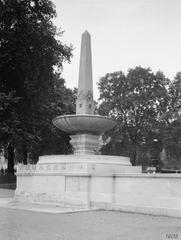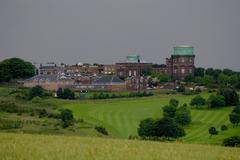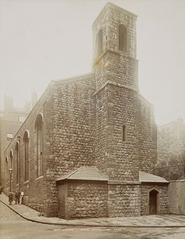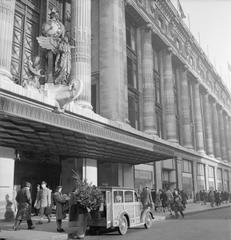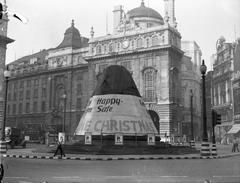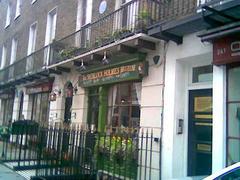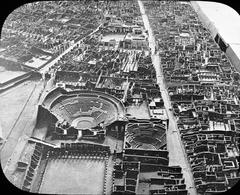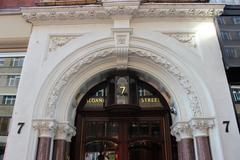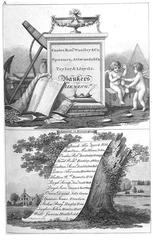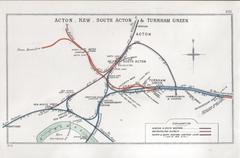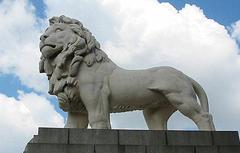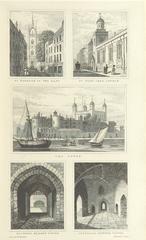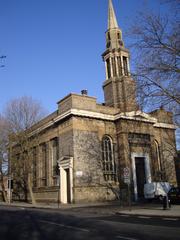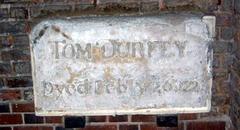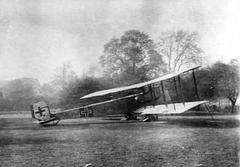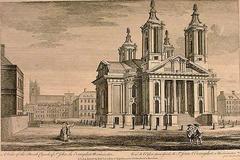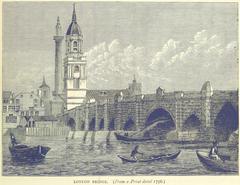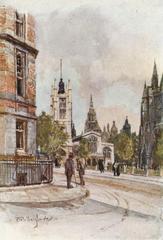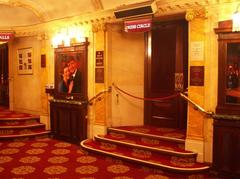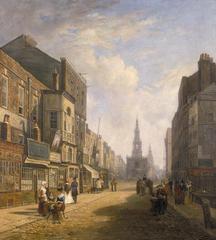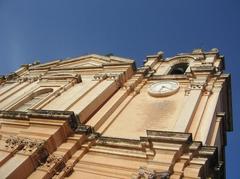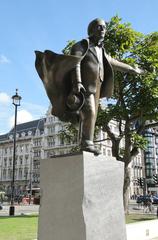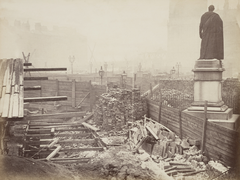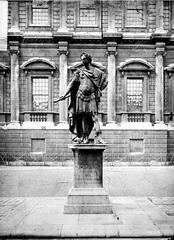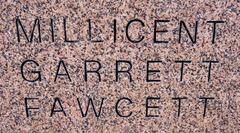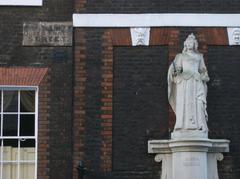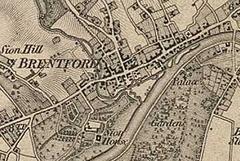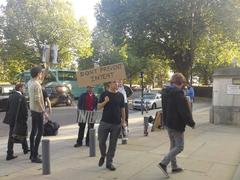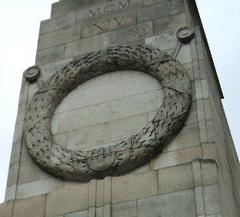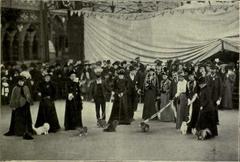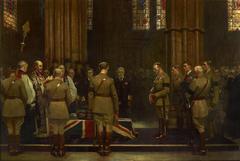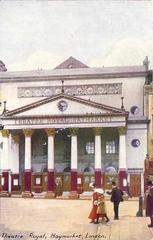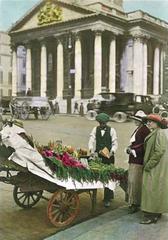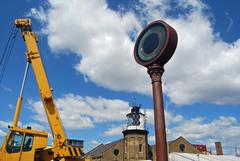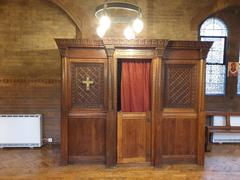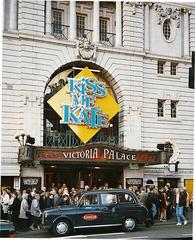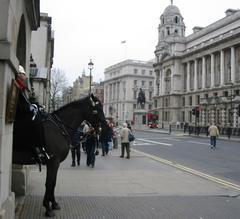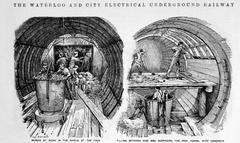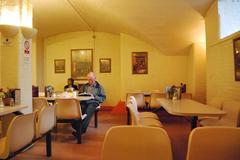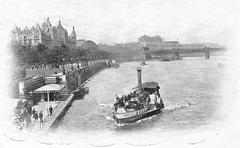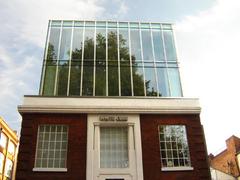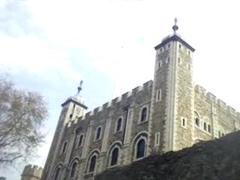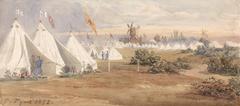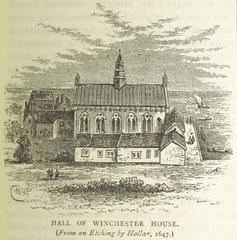Gunnersbury Triangle Visiting Hours, Tickets, and Historical Sites in London
Date: 17/08/2024
Introduction
Nestled in the bustling heart of Chiswick, London, the Gunnersbury Triangle is a hidden gem offering a serene escape into nature. This 2.57-hectare (6.4-acre) woodland is not only rich in history but also serves as a vital ecological haven. The Triangle is a classic example of a ‘railway triangle,’ bordered by three curving railway lines: the Richmond branch of the London Overground to the west, the District Line to the south, and the disused track of the London and South Western Railway to the northeast (Wikipedia). Whether you’re a history buff, nature enthusiast, or looking for a peaceful retreat, the Gunnersbury Triangle has something for everyone. This comprehensive guide will delve into its fascinating history, ecological significance, visiting hours, ticket information, and more. From its early threats of development to its current status as a thriving nature reserve, the Gunnersbury Triangle serves as a model for urban conservation and a cherished green oasis in the heart of London.
Table of Contents
- [Introduction](#introductionintroduction)
- [Early Threats and Campaign for Preservation](#early-threats-and-campaign-for-preservationearly-threats-and-campaign-for-preservation)
- [Landmark Public Inquiry](#landmark-public-inquirylandmark-public-inquiry)
- [Acquisition and Management](#acquisition-and-managementacquisition-and-management)
- [Designation as a Local Nature Reserve](#designation-as-a-local-nature-reservedesignation-as-a-local-nature-reserve)
- [Ecological Significance](#ecological-significanceecological-significance)
- [Biodiversity](#biodiversitybiodiversity)
- [Visitor Information](#visitor-informationvisitor-information)
- [Visiting Hours and Tickets](#visiting-hours-and-ticketsvisiting-hours-and-tickets)
- [Accessibility](#accessibilityaccessibility)
- [Community Involvement and Education](#community-involvement-and-educationcommunity-involvement-and-education)
- [Volunteer Opportunities](#volunteer-opportunitiesvolunteer-opportunities)
- [Special Events and Guided Tours](#special-events-and-guided-toursspecial-events-and-guided-tours)
- [Photographic Spots](#photographic-spotsphotographic-spots)
- [Conservation Efforts](#conservation-effortsconservation-efforts)
- [Nearby Attractions](#nearby-attractionsnearby-attractions)
- [Recognition and Awards](#recognition-and-awardsrecognition-and-awards)
- [FAQ](#faqfaq)
- [Conclusion](#conclusionconclusion)
- [Call to Action](#call-to-actioncall-to-action)
Gunnersbury Triangle: History, Visiting Hours, Tickets, and More
Early Threats and Campaign for Preservation
In 1981, the Gunnersbury Triangle faced a significant threat from commercial development. This area, which had evolved from abandoned allotments on railway land into a thriving woodland, was at risk of being lost to urban expansion. The proposed development sparked an energetic campaign led by the Chiswick Wildlife Group, which was formed in March 1982 and later became the local branch of the London Wildlife Trust (Wikipedia).
Landmark Public Inquiry
The campaign to save the Gunnersbury Triangle culminated in a landmark public inquiry in July 1983. This inquiry was historic as it marked the first time in the United Kingdom that a public inquiry ruled in favor of nature conservation over urban development. The inquiry determined that the site should be preserved for its ecological value, setting a precedent for future conservation efforts in urban areas (Wikipedia).
Acquisition and Management
Following the successful campaign, the land was purchased by the London Borough of Hounslow from British Rail with a grant of £58,000 from the Greater London Council (GLC). The GLC also provided expert ecological advice to Hounslow Council during the public inquiry (Wikipedia). The London Wildlife Trust was invited to manage the site, and after work to make it more accessible to visitors, the Gunnersbury Triangle was officially opened to the public as a nature reserve in 1985 (Wild London).
Designation as a Local Nature Reserve
The importance of the Gunnersbury Triangle was further recognized when it was formally designated as a Local Nature Reserve by the London Borough of Hounslow in 1987. The London Borough of Ealing, on whose boundary the site also sits, followed suit and designated its portion of the Triangle as a Local Nature Reserve in 1991 (Wikipedia).
Ecological Significance
Despite its urban surroundings, the Triangle has developed into a diverse habitat, primarily consisting of secondary birch woodland. It also features locally uncommon willow carr or wet woodland and a small area of acid grassland along the track of the former Acton curve railway (Wikipedia).
Biodiversity
The reserve supports a varied population of plants, birds, amphibians, insects, and other wildlife. Notable species include woodpeckers, frogs, and hedgehogs. The creation of ponds and acid grassland areas has further enhanced the habitat, providing a sanctuary for wildlife in the midst of a bustling city (In Hounslow).
Visitor Information
Visiting Hours and Tickets
The Gunnersbury Triangle is open to the public every day from dawn to dusk. Admission is free, making it an accessible and budget-friendly option for all visitors.
Accessibility
The reserve features gentle sloping footpaths made from natural materials and anti-slip decked walkways. While some areas may be challenging for wheelchair users due to uneven terrain and steep steps, efforts have been made to enhance accessibility. The reserve is located across the road from Chiswick Park Station (District line). Bus number 440 also stops by the entrance, while services 237, 267, 110, and H91 stop on nearby Chiswick High Road (Wild London).
Community Involvement and Education
Volunteer Opportunities
The London Wildlife Trust encourages community involvement through volunteer opportunities at the Gunnersbury Triangle. Volunteering sessions are held most Thursdays, allowing individuals to contribute to the maintenance and conservation of the reserve. Interested volunteers can register by emailing Hadi at [email protected] (Wild London).
Special Events and Guided Tours
Throughout the year, the Gunnersbury Triangle hosts a variety of special events and guided tours. These events offer unique opportunities to learn more about the reserve’s biodiversity and conservation efforts. Check the London Wildlife Trust’s website for upcoming events and how to participate.
Photographic Spots
Photography enthusiasts will find plenty of picturesque spots within the Gunnersbury Triangle. The mix of woodland, ponds, and grassland provides a beautiful backdrop for nature photography. Capture the vibrant flora, diverse fauna, and serene landscapes that make this reserve unique.
Conservation Efforts
Visitors to the Gunnersbury Triangle are encouraged to record wildlife sightings to assist the London Wildlife Trust with their conservation goals. This citizen science initiative helps track the biodiversity within the reserve and informs ongoing conservation efforts (In Hounslow).
Nearby Attractions
While visiting the Gunnersbury Triangle, consider exploring other nearby attractions in Chiswick. The Gunnersbury Park Museum, Chiswick House and Gardens, and the historic Hogarth’s House are all within a short distance and offer additional cultural and historical experiences.
Recognition and Awards
The Gunnersbury Triangle has been recognized as a Site of Metropolitan Importance for Nature Conservation, highlighting its significance within the urban landscape of London. This designation underscores the success of the conservation efforts and the importance of preserving urban green spaces for both wildlife and people (Wikipedia).
FAQ
Q: What are the opening hours of the Gunnersbury Triangle?
A: The reserve is open daily from dawn to dusk.
Q: Is there an entrance fee?
A: No, admission to the Gunnersbury Triangle is free.
Q: How can I volunteer at the Gunnersbury Triangle?
A: Volunteering sessions are held most Thursdays. Interested individuals can register by emailing Hadi at [email protected].
Q: Are there guided tours available?
A: Yes, the Gunnersbury Triangle hosts various guided tours and special events throughout the year. Check the London Wildlife Trust’s website for more information.
Q: What facilities are available for wheelchair users?
A: The reserve features gentle sloping footpaths and anti-slip decked walkways, but some areas may be challenging due to uneven terrain and steep steps.
Conclusion
The history of the Gunnersbury Triangle is a testament to the power of community action and the importance of preserving urban green spaces. From its early threats of development to its current status as a thriving nature reserve, the Gunnersbury Triangle serves as a model for urban conservation and a cherished green oasis in the heart of London. Whether you’re planning a visit to learn about its history, enjoy its natural beauty, or participate in its conservation, the Gunnersbury Triangle offers a rewarding experience for all.
Call to Action
Stay updated on the latest events and volunteer opportunities at the Gunnersbury Triangle by visiting the London Wildlife Trust’s website. Follow them on social media and consider downloading the Audiala app for more information on local nature reserves and conservation efforts. Don’t miss out on exploring other related posts and nearby attractions to make the most of your visit.

